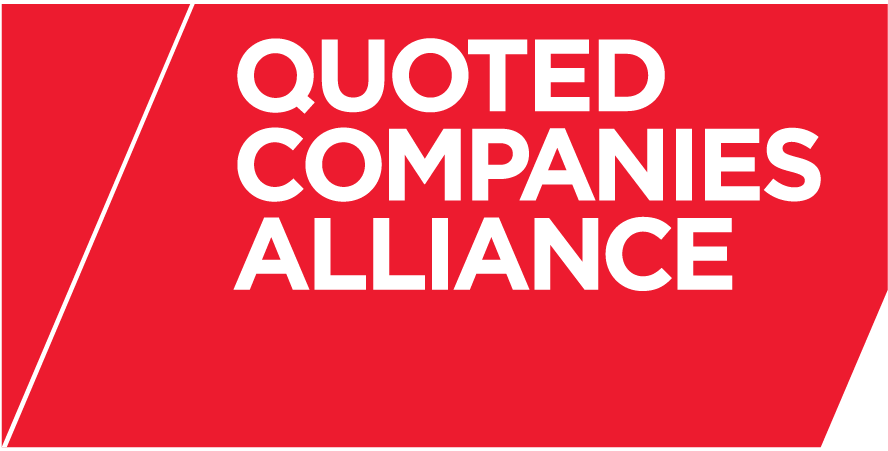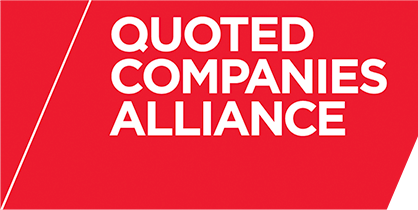A young growing company looking to raise equity capital from private investors (business angels) will know that they will invest primarily because they believe in the business, but it would be an added incentive if the investors can get tax relief on the investment as well. This guide explains the tax reliefs available under the Enterprise Investment Scheme (“EIS”) and whether your company will qualify.
The Tax Reliefs
- There are five types of relief available under the EIS, relating to income tax, capital gains tax, loss relief, capital gains tax deferral relief and inheritance tax relief.
- Income tax relief is available for individuals who subscribe for new shares in an EIS qualifying company. The relief is available at 20 per cent of the cost of the shares, up to a maximum of £100,000 per year (ie on subscriptions of shares valued up to £500,000). There is a carry back facility where shares subscribed in one tax year can be set against the income tax liability for the previous year. Relief cannot be carried forward.
- Capital gains tax will not be payable on any gain on the shares if they are held for a qualifying period (see below).
- If the shares are disposed of at a loss, the investor can elect that the loss (less any income tax relief already claimed) be set against any other income for that year, or the previous year, instead of being set against any capital gains.
- The payment of tax on a capital gain can be deferred where the gain is re-invested in the shares of an EIS qualifying company. The deferral is available up to 1 year before or 3 years after the gain arose. There is no minimum or maximum value or holding period and it does not matter if the investor is connected with the company.
- Due to the interaction with Business Property Relief, shareholdings in companies that qualify for the EIS may fall outside the scope of the inheritance tax regime after two years.
Eligibility of the Investor
- The shares issued to the investor must be paid up in full in cash on issue and must be “full risk” ordinary shares with no preferential rights to dividends, or to the company’s assets on a winding up. If the company puts in place any arrangements to protect the investors from the risks of investing in the company or for the purchase of the shares after the qualifying period, then the investor will not be able to benefit from the tax reliefs. Investors should note that the reliefs are only available for new issues of shares and not purchases.
- The shares must be held for three years from the date of issue, or three years from the date the qualifying trade started if this is after the shares are issued, for the income tax and capital gains tax reliefs to be available.
- Relief is available only where there is a minimum investment of £500 in any one company in any one tax year.
- An investor will not be eligible for income tax relief or capital gains tax exemption if he is connected with the company. An investor is deemed
- to be connected if he is a director (unless the business angel exemption applies – see below) or an employee of the company. This restriction applies if the investor was connected in the two year period prior to the shares being issued and three years after the issue.
- An exemption applies to directors who do not receive (and are not entitled to) any remuneration for holding the post.
- The “business angel” exemption applies to investors who subsequently become paid directors if
(a) The investor is not connected to the company when the shares are issued and the later directorship is the only connection.
(b) The investor had not previously been involved in carrying on the trade the company is involved in.
(c) And the investor’s pay as director is reasonable.
- An investor will also be connected if he alone or together with associates holds more than 30 per cent of the share capital (or share and loan capital taken together) or more than 30 per cent of the voting rights. or is entitled to more than 30 per cent of the assets of the company on a winding up.
- The shares must be subscribed for genuine commercial reasons and not for tax avoidance purposes.
Eligibility of the Company
The company will have to satisfy the following key criteria
- It must not be traded on the London Stock Exchange’s Main Market or any other recognised stock exchange. The AIM and PLUS markets are not considered to be recognised exchanges and so a company listed on these markets may still qualify.
- The company must not be controlled by another company and there must not be arrangements in place for this to happen.
- If the company has subsidiaries it must own more than 50 per cent of each one (or 90 per cent in the case of a property management subsidiary).
- It must be a “small company” i.e. have gross assets of less than £7m (£8m following the investment) and have fewer than 50 employees at the time of the investment.
- It must be either a company carrying on a qualifying trade or the parent company of a trading group, but it must own 90 per cent of the subsidiary carrying on the qualifying trade.
- It must not raise more than £2m in any 12 month period from the three venture capital schemes (EIS, Corporate Venturing Scheme and Venture Capital Trusts).
- The trade for which the money has been raised must be carried on wholly or mainly in the United Kingdom (this will be changed in the forthcoming Finance Act so that the company only requires a permanent UK establishment). Many trades qualify for the relief, although a company will not be eligible where more than 20 per cent of its activities are “excluded activities” (see below).
- The investment funds can be used for the purpose of preparing to carry on a trade (including research and development), but any such trade must start within 2 years of the shares being issued.
- The shares must be subscribed for genuine commercial reasons and not for tax avoidance purposes.
EXCLUDED ACTIVITIES
The following activities are excluded:
- Dealing in land, in commodities or futures in shares, securities or other financial instruments.
- Dealing in goods, other than in an ordinary trade of retail or wholesale distribution.
- Financial activities such as banking, insurance, money-lending, debtfactoring, hire-purchase financing or any other financial activities.
- Leasing or letting assets on hire, except in the case of certain ship-chartering activities.
- Receiving royalties or licence fees (though if these arise from the exploitation of an intangible asset which the company itself has created, that is not an excluded activity)
- Providing legal or accountancy services;
- Property development;
- Farming or market gardening;
- Holding, managing or occupying woodlands, any other forestry activities or timber production;
- Shipbuilding;
- Coal production;
- Steel production;
- Operating or managing hotels or comparable establishments or managing property used as an hotel or comparable establishment;
- Operating or managing nursing homes or residential care homes, or managing property used as a nursing home or residential care home; and
- Providing services to another person where that person’s trade consists, to a substantial extent, of excluded activities, and the person controlling thattrade also controls the company providing the services.
CONTINUING REQUIREMENTS
The company must comply with the above criteria on an ongoing basis in order for investors to benefit from the tax reliefs for the three year qualifying period. The two exceptions are:
- Qualifying status will not be lost if the company floats on a recognised stock exchange during this period unless arrangements were in place
- for it to float at the time the shares were issued).
- The “small company” requirements only apply at the time of the investment.
Applying for the relief.
- The scheme is administered for HMRC by the Small Company Enterprise Centre (“SCEC”) and it decides if a company qualifies.
- Companies can apply for advance assurance before the shares are issued. Companies can submit their business plans and details of their structure and trading to the SCEC and it will give guidance on whether the proposed issue of shares is likely to qualify. This can be a very useful.
- indication to potential investors.
INVESTOR CONTRACTUAL REQUIREMENTS
As well as expecting the company to have applied for advance assurance prior to completion of the investment, investors will usually want contractual
commitments from the company to:
- Make the application to the SCEC 4 months after the company has been trading.
- Ensure it does everything possible to continue to comply with the EIS requirements set out above.
Graham Stedman, the author of this article, is a Partner at Nabarro.

